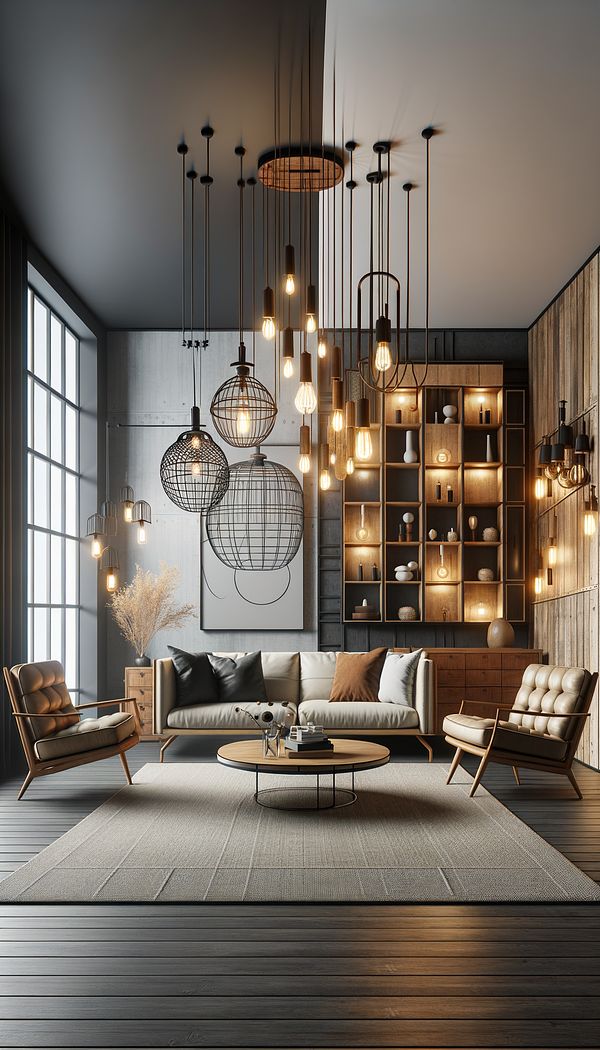What is Blend Different Styles?
Blending different styles is the process of combining various interior design aesthetics to create a cohesive look.
Description
Blending different styles is a creative approach that adds depth and personality to interior spaces by combining elements from various design aesthetics. This method allows for unique and personalized environments that reflect the occupants' tastes and interests. Successful blending requires careful consideration of color, texture, scale, and proportion to ensure that the different elements harmonize rather than clash.
One of the keys to blending styles effectively is finding a common grounding element that ties the different aesthetics together, such as a consistent color palette or material. Additionally, balance and distribution play crucial roles; ensuring that no single style overpowers the others helps maintain a sense of cohesion. Strategic placement of accent pieces can help bridge the styles, serving both functional and decorative purposes.
Overall, blending different styles invites creative freedom and personal expression in interior design, offering endless possibilities for tailoring spaces to specific needs and preferences.
Usage
An example of blending different styles is combining modern minimalist furniture with rustic wooden accents and vintage-inspired lighting fixtures in a living room. This creates a space that feels contemporary yet warm and inviting, showcasing a harmonious blend of different influences.
FAQs
-
Is it possible to blend any types of styles together?
Yes, with thoughtful selection and placement, virtually any styles can be blended together. However, some combinations may require more careful planning to achieve a cohesive look.
-
How do I know if different styles are blending well together?
A well-blended space feels harmonious and balanced, without any one style overpowering the others. It feels intentional and cohesive, even with the diversity of elements presented.
-
Can blending different styles make a space feel cluttered?
If not done thoughtfully, blending too many styles or elements can create a sense of clutter. Maintaining balance, scale, and a connective thread through color or material can prevent this.
Practical Application
Begin blending different styles by selecting a foundational style that defines the overall mood of the room. Then, gradually integrate elements from other styles, focusing on complementary colors, textures, and proportions. Use accent pieces, such as decorative objects, textiles, or artwork, to highlight the fusion of styles and add personal touches. Remember, the goal is to create harmony and balance, so review the space comprehensively to ensure it achieves the desired effect.
-
Design Styles478 articles
-
Decorative Objects240 articles
-
Decorating Principles & Elements330 articles
-
Color & Patterns154 articles
-
Textiles & Upholstery252 articles
-
ValanceA valance is a decorative piece of fabric used to conceal curtain rods or hardware at the top of a window treatment.
-
BarkclothBarkcloth is a versatile textile made from the inner bark of certain trees.
-
CupboardA cupboard is a piece of furniture with shelves or compartments, used for storing items.
-
SelvageSelvage refers to the tightly woven edge that runs along each side of a piece of fabric.
-
DormerA dormer is a structural element of a building that extends vertically beyond the plane of a pitched roof.
